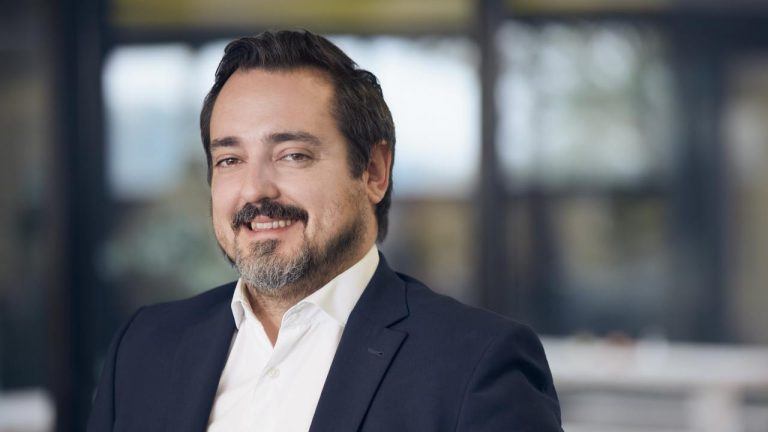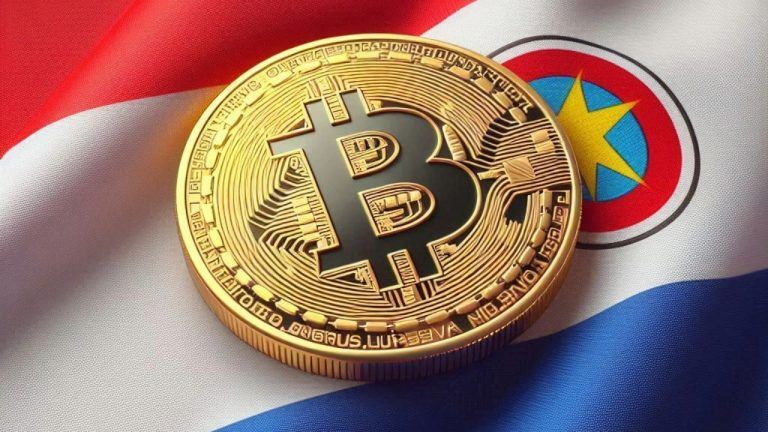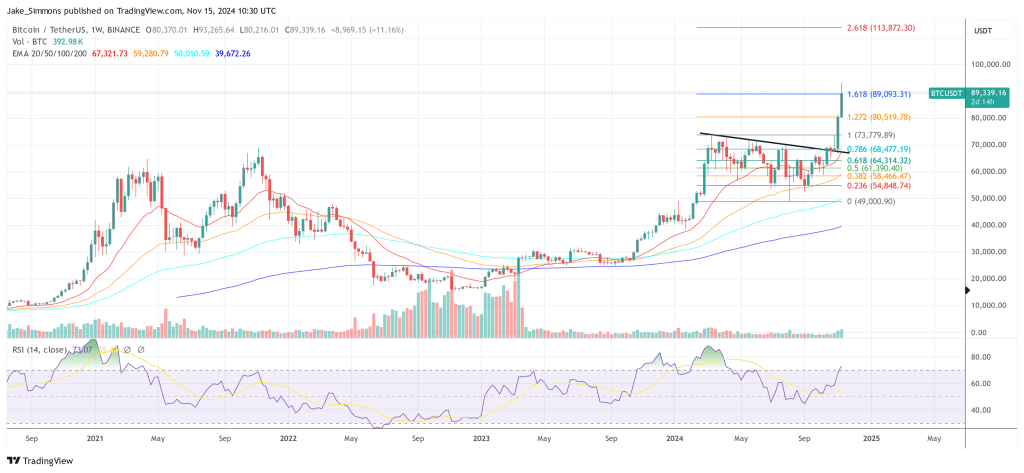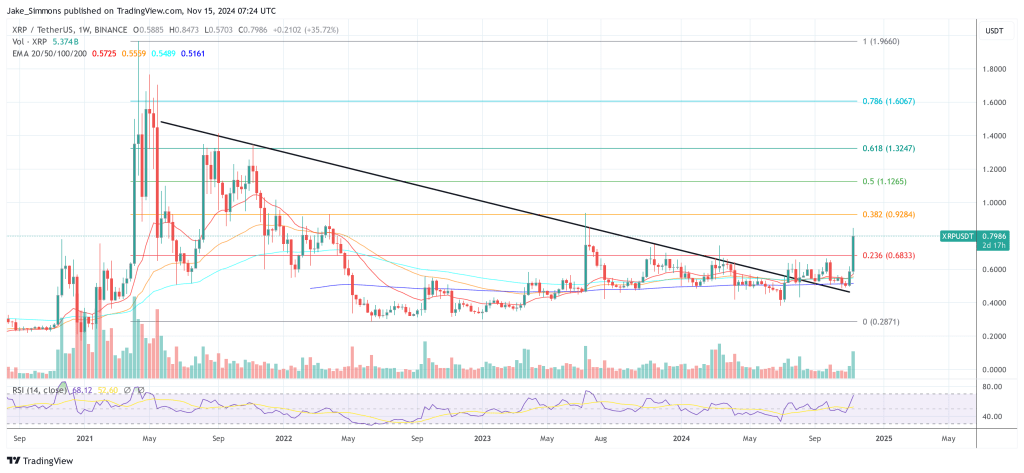Intro
UC Podcast's latest episode was an incredibly-dense discussion by a panel of crypto experts and insiders (from Dragonfly and Gauntlet) about what happened.
It's a 2-hour episode, and this summary is already the TL;DW. I'm not going to shorten it any more, you lazy fucks. It took me 2 hours of listening and 1 hour of writing to compile this 5-minute summary. It covers more than the dozens of other news reports combined. This is the best insider details you'll get before the Netflix documentary.
Key points:
SBF had a backdoor into FTX's book-keeping system (11:00-12:00): He could execute orders/transfers that would not alerts auditors or internal employees. Secondary source. He used this to secretly transfer funds between Alameda and FTX.
SBF's pump-and-collateralize strategy that he used over 30 times (15:30-21:30)
- The traditional pump-dump strategy for ICOs was to create a coin, pump it, and then dump it. The downside is that you could only do this once, and if you're caught, you get into massive trouble.
- SBF's strategy was to create a coin, pump it, and then collateralize it. He did this ~35 times
- These shitcoins (e.g. FTT, SRM, APT, and 30 others you've never heard of) were on multi-year hyperinflationary schedule with an extremely small liquidity at the beginning. They were designed so that staking rewards were massive in the beginning, leading to many early investors rushing to get into them. This lead to a giant pump.
- They were taking loans based on the value of these tokens early on before supply inflation. The tokens were meant to lose value over time.
- All CeFi companies were giving loans based on the value of these pumped FTX shitcoins. It was similar to the subprime loan situation, but worse. With subprime loans, both the lender and the borrower lose during default. With shitcoin-collateralized loans, only the lender would lose out.
- For CeFi companies, there were only a few originating customers borrowing loans: mainly Alameda and 3AC. When 3AC went down, the CeFi companies could only turn to Alameda Research. And that's why they stuck with them.
- CeFi companies misled their retail customers about their collateralized loans because the value of their collateral from FTX/Alameda kept going down over time. If they liquidated Alameda by regularly adjusting their loan-to-value as should've been doing, they would lose their only borrowing customer. Without their borrowing customer, retail customers would get no interest and would leave.
Why the scheme failed in the long run (21:30): Due to collateral, they needed to keep the value of their shitcoins and FTT up above a certain value. For FTT, this was $22. When no one wanted to buy FTT anymore, FTX/Alameda had to buy it themselves at a loss. We know this because CEO Caroline Ellison Tweeted this offer, and because they kept FTT right above this critical level for half a year. Otherwise, loan liquidations would start, and the scheme would collapse like a house of cards. (The podcast doesn't mention it here, but that made SBF's model a Ponzi scheme. It could not run forever.)
Alameda's insider connections with FTX (23:00-25:00): Alameda was buying up FTX shitcoins before they were listed on FTX. They had insider knowledge about supply circulation and manipulate it together. Projects had to partner with Alameda in order to be listed on FTX.
FTX did not have a CFO or a board. (26:45-30:00): They paid their employees poorly and churned through employees. It was controlled by an inner circle of 4 core members (in a polyamorous relationship) at their retreat in the Bahamas. There was massive divided between what the inner circle knew and what the rest of the employees knew.
VCs that invested in FTX ignored basic auditing and failed at risk management (35:30-38:00): Many giant traditional VC investors (e.g. Blackrock, Sequoia, Coinbase Co-Founder's Paradigm) in FTX never required financial basics with FTX. One of the VCs that did due diligence, Chamath Palihapitiya of Social Capital, asked for FTX to get auditors from the big 4 and board members, and SBF told him to fuck off.
Hasseb of Dragonfly reveals his own story (37:45-39:00): about how Dragonfly walked away from a deal with SBF back when he was head of Alameda because they Sam was shady because he kept changing the deal. SBF avoided Dragonfly afterwards.
Discussion about SBF's combined system as a Ponzi Scheme (59:45 - 101:00:30): If Alameda and FTX were run completely separately, it wouldn't have been a Ponzi. But they worked together to manipulate the price of FTT and had to keep it above a certain value for as long as they could to remain stable. They used FTT as collateral to borrow more. Once the price of FTT fell below that level, loans liquidated and it all collapsed like a house of cards.
One reason for lack of auditing (105:00:00 - 106:00:00): FTX grew during the pandemic. VCs and auditors could not do full audits by visiting offices. It was all over online meetings.
Sam has greatly set back the Effective Altruism movement (110:00 - 114:00)
There's also this written article, FTX Collapse Explained, which I'm pretty sure is based on this podcast episode since a lot of the wording is copied, and it was published afterwards.
[link] [comments]

You can get bonuses upto $100 FREE BONUS when you:
💰 Install these recommended apps:
💲 SocialGood - 100% Crypto Back on Everyday Shopping
💲 xPortal - The DeFi For The Next Billion
💲 CryptoTab Browser - Lightweight, fast, and ready to mine!
💰 Register on these recommended exchanges:
🟡 Binance🟡 Bitfinex🟡 Bitmart🟡 Bittrex🟡 Bitget
🟡 CoinEx🟡 Crypto.com🟡 Gate.io🟡 Huobi🟡 Kucoin.




















Comments